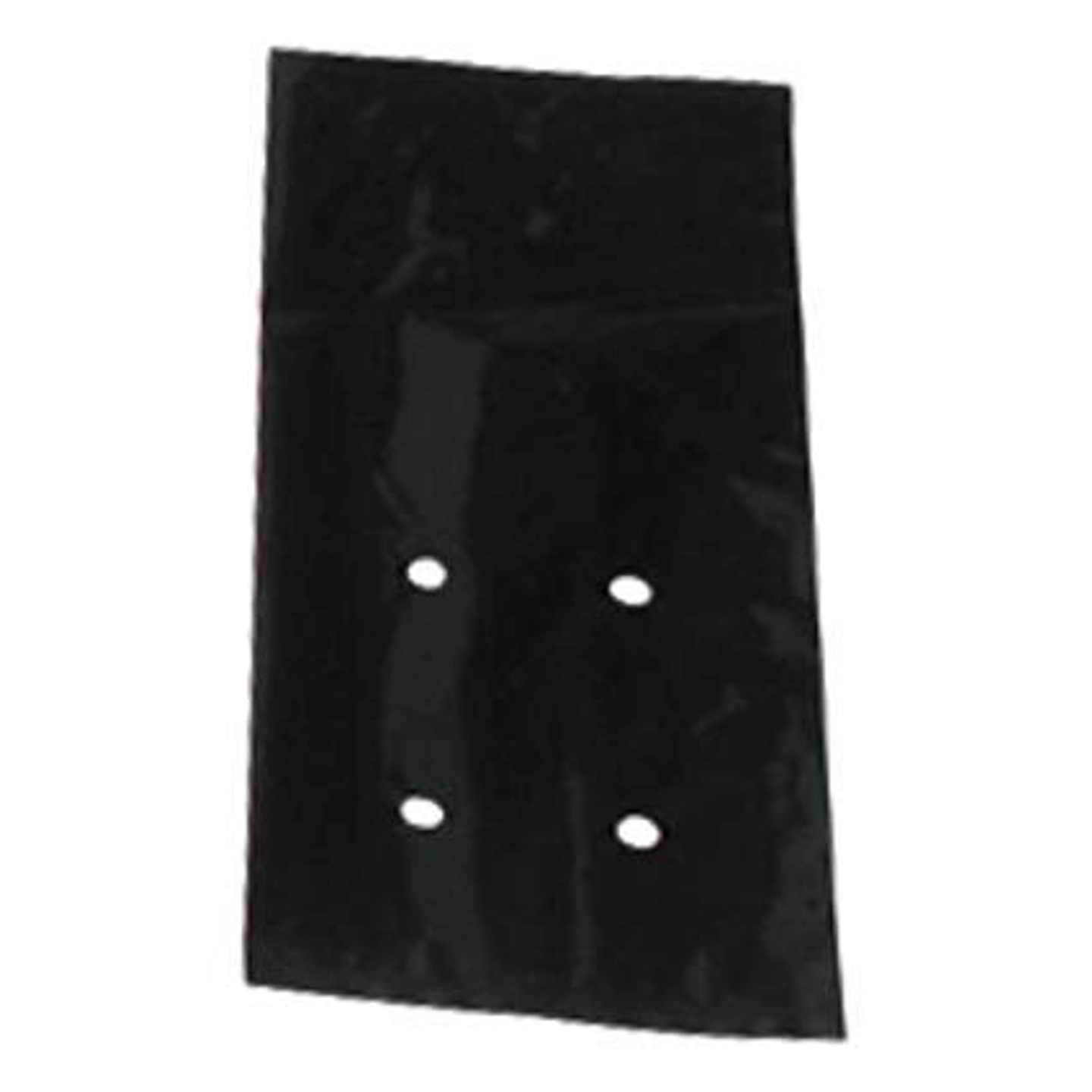Grow bags are an excellent solution for growing plants in limited spaces or in environments where traditional gardening isn't feasible. Here are some key points and tips for creating content about grow bags:
Introduction to Grow Bags
1. **What are Grow Bags?**
- Flexible containers made from fabric or other breathable materials.
- Used for growing plants, typically vegetables, herbs, and flowers.
2. **Advantages of Grow Bags**
- **Aeration:** Promotes healthy root systems by allowing air to circulate through the soil.
- **Drainage:** Prevents overwatering and root rot.
- **Mobility:** Easy to move around, making it convenient to follow the sun or protect from harsh weather.
- **Space-Efficient:** Ideal for small spaces, patios, balconies, and urban gardening.
### Types of Grow Bags
1. **Fabric Grow Bags**
- Made from non-woven fabric, often with handles for easy transport.
- Available in various sizes to accommodate different plants.
2. **Plastic Grow Bags**
- More durable and often less expensive.
- Suitable for larger, heavier plants.
3. **Smart Pots**
- A brand of fabric pots designed to promote superior root growth.
- Known for their durability and efficiency in promoting healthy plants.
### How to Use Grow Bags
1. **Choosing the Right Size**
- Small (1-5 gallons) for herbs and small flowers.
- Medium (5-10 gallons) for vegetables like tomatoes and peppers.
- Large (10+ gallons) for root vegetables and larger plants.
2. **Preparing the Grow Bag**
- Place the grow bag on a flat, stable surface.
- Add a layer of gravel at the bottom for drainage (optional).
- Fill with high-quality potting soil, leaving some space at the top for watering.
3. **Planting**
- Sow seeds or transplant seedlings as you would in traditional pots.
- Ensure plants are adequately spaced according to their growth needs.
4. **Watering and Maintenance**
- Water regularly, as grow bags can dry out faster than traditional pots.
- Fertilize according to plant needs, usually every few weeks.
- Monitor for pests and diseases, treating as necessary.
### Tips for Success
1. **Placement**
- Ensure grow bags receive adequate sunlight (6-8 hours for most vegetables).
- Protect from strong winds and heavy rain.
2. **Rotation and Mobility**
- Rotate grow bags periodically to ensure even sunlight exposure.
- Move to sheltered areas during extreme weather conditions.
3. **Seasonal Use**
- Use grow bags to extend the growing season by starting plants indoors and moving them outside as the weather warms.
- Grow cool-season crops in early spring and fall.
### Popular Plants for Grow Bags
1. **Vegetables:** Tomatoes, peppers, potatoes, carrots, lettuce, cucumbers.
2. **Herbs:** Basil, parsley, mint, thyme, rosemary.
3. **Flowers:** Petunias, marigolds, geraniums, pansies.
### Eco-Friendly and Reusable
1. **Sustainability**
- Grow bags can be reused for several growing seasons.
- Fabric grow bags are often made from recycled materials.
2. **Storage**
- Easy to clean and store when not in use.
- Can be folded and packed away, saving space.
### Conclusion
Grow bags offer a versatile, space-efficient, and eco-friendly way to grow a wide variety of plants. Whether you are an urban gardener with limited space or a traditional gardener looking for a flexible solution, grow bags can enhance your gardening experience.


